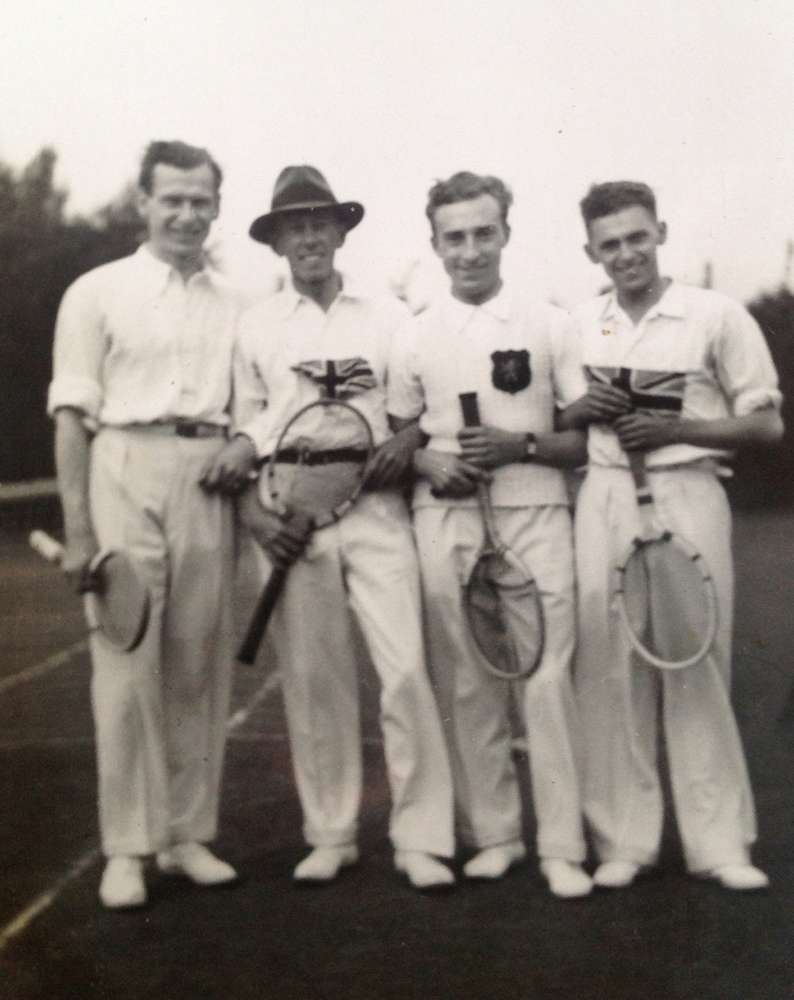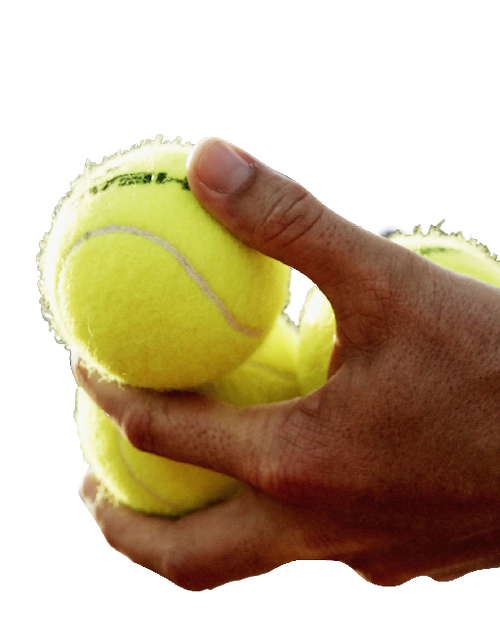The Deaflympics and Deaf Tennis: A Century of Breaking Barriers
• 3 MINUTE READ
In Deaf Awareness Week and ahead of the 2025 Deaflympics being held in Tokyo this November, we mark 100 years of the Deaflympics and the pivotal role deaf tennis has played in its history.
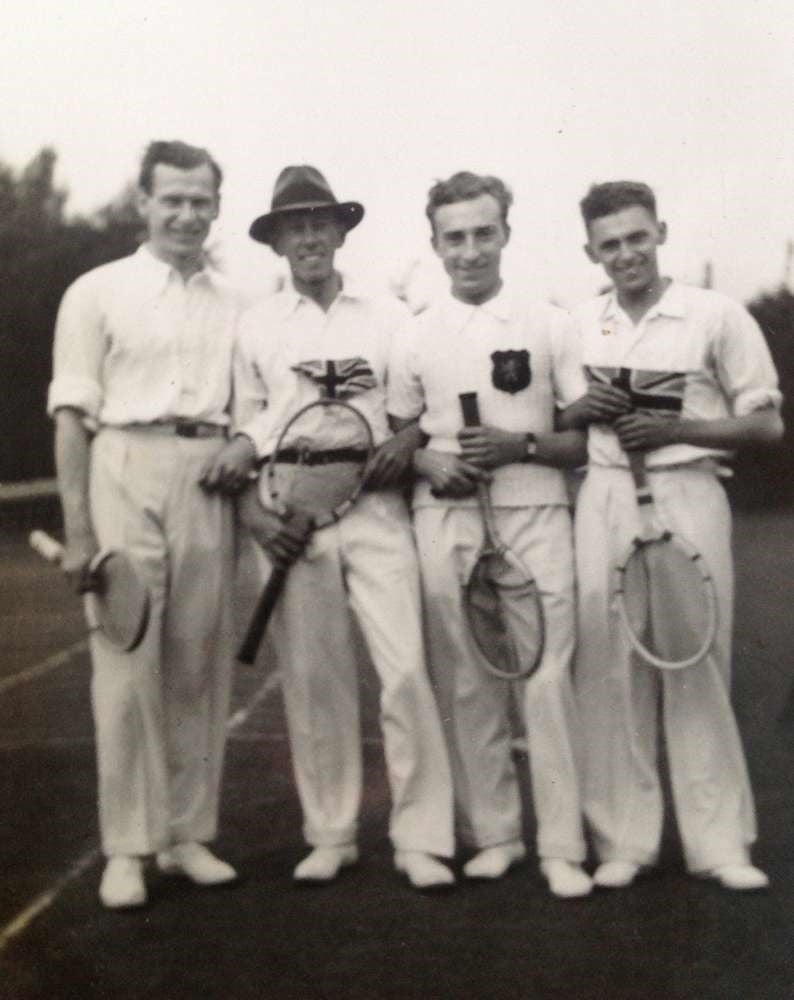
The Deaflympics, originally known as the International Silent Games, were first held in Paris in 1924. The brainchild of Eugène Rubens-Alcais, at a time when deaf individuals were often marginalised, the Deaflympics was designed to be a platform to showcase their athletic prowess and challenge societal prejudices.
The 1924 inaugural games featured 148 athletes from nine European nations, competing in nine different sports including tennis. Owen Bevan Maxwell and John Charles Hyslop achieved a gold medal for Great Britain in the men’s doubles, and Maxwell achieved a silver medal in the men’s singles. But Deaf Tennis predates the inaugural Deaflympics, with matches taking place as early as 1915 in Britain.
Throughout its rich history in Britain, the British Deaf Tennis Association (BDTA) played a pivotal role in promoting the sport and supporting deaf athletes. Volunteers have meticulously documented the history of deaf tennis in the UK, highlighting the contributions of deaf tennis clubs, championships, and prominent players. Bryan Whalley, a two-time National Deaf Tennis Men’s Singles Champion also authored ‘The History of British Deaf Tennis’, a highly educational volume published in 2010.
The format of deaf tennis itself requires few adaptations. The vital and most important adaptation is making sure that communication is clear between players, coaches and officials. People can play against other deaf tennis players, and alongside or against hearing players, friends and family.
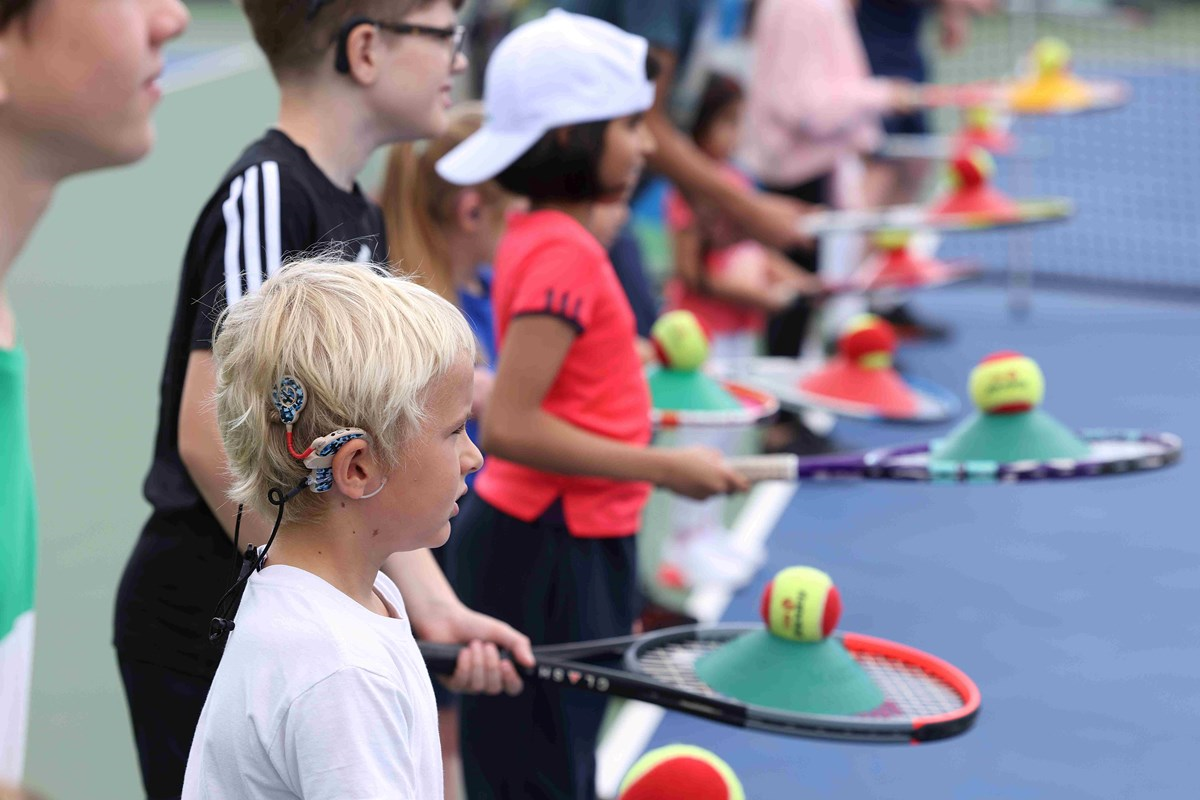
Deaflympics gold medallist and LTA National Deaf Tennis Coach Catherine Fletcher lists some of the most common issues for deaf or hard-of-hearing player as:
- Not hearing the net when it is a let and not hearing the umpire on line calls.
- Not being able to hear whether your opponent’s shot is a topspin or slice.
- Having to watch the ball extra carefully as not hearing can make a shot a fraction of a second slower for a deaf player compared to someone who can hear.
- Playing in a bubble or indoors can be very distracting with echo, lots of background noise etc.
- Balance and judgement are affected.
- Cannot hear feet off the ground or the speed of the ball.
The Deaflympics and deaf tennis within that, has played a crucial role for 100 years in promoting social inclusion and reducing misconceptions about deaf individuals. It has provided a platform for athletes to demonstrate their capabilities and have fostered a sense of community and solidarity among deaf people worldwide. As a result, the Deaflympics have grown significantly, with the number of athletes increasing from 148 athletes from nine countries to uniting more than 2,500 athletes from 116 countries.
Today, deaf tennis is played in tennis clubs across Britain, with a highlight of the calendar being the Deaf Tennis National Finals held annually by the LTA for the top players from across the country. The LTA has supported the development of the sport throughs various initiatives to promote tennis among deaf and hard-of-hearing individuals, including through the LTA Open Court programme, which provides disability specific sessions for tennis and padel – including adaptations for learning disability, wheelchair, visually impaired and deaf. The LTA Tennis Foundation provide funding for the LTA Open Court equipment packs and also supports Deaf Tennis Festivals across Britain, bringing together hundreds of deaf children to come and play tennis, and meet other children in similar situations.
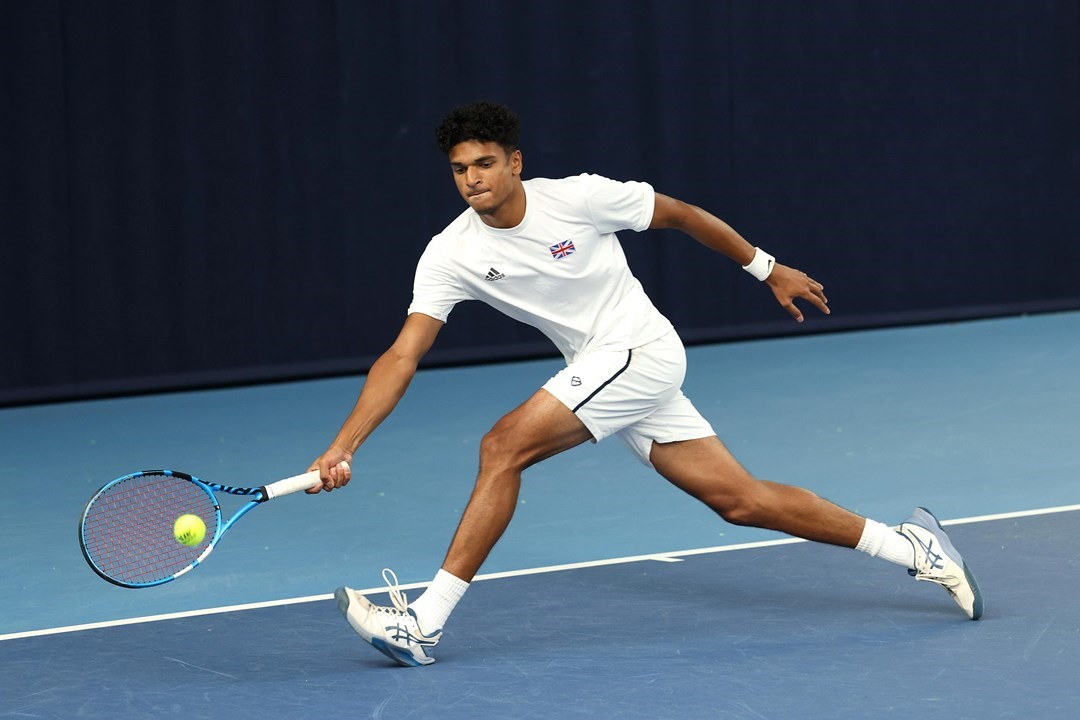
The LTA also run the GB Deaf Tennis Development and National Squad which competes at the European Deaf Championships, World Deaf Championships, Grand Slams including the Australian Open, the Deaflympics and the Dresse and Maere Cups – the world team championships of deaf tennis akin to the Davis Cup and the Billie Jean King Cup. British deaf tennis has seen great success in recent years with star including British Men’s No.1 Esah Hayat, a World Deaf Tennis Championships gold and silver medallist and Phoebe Suthers, World Deaf Championships silver medallist.
Top British deaf tennis players will be looking ahead to the 2025 Deaflympics in Tokyo this November with selections for Team DeaflympicsGB, coordinated by UK Deaf Sport, expected to be announced this summer.
Find out more about how to play Deaf Tennis and how to join the LTA’s Deaf Tennis Community Group here: Deaf Tennis Programs & Competitions for All Levels | LTA

